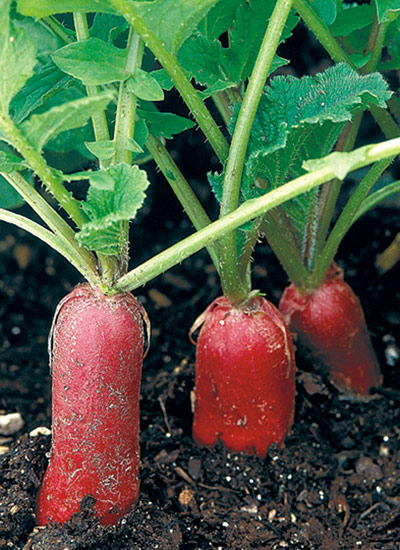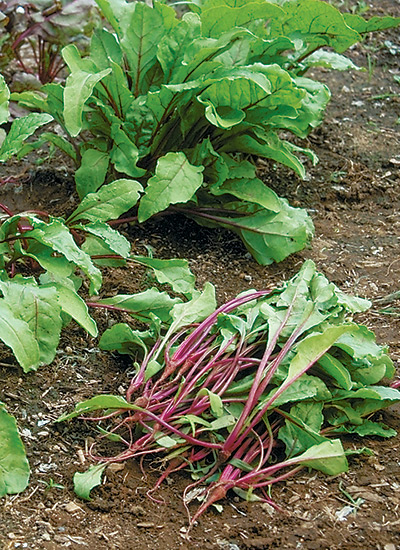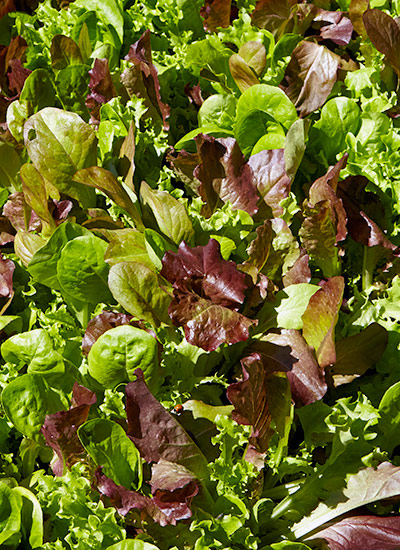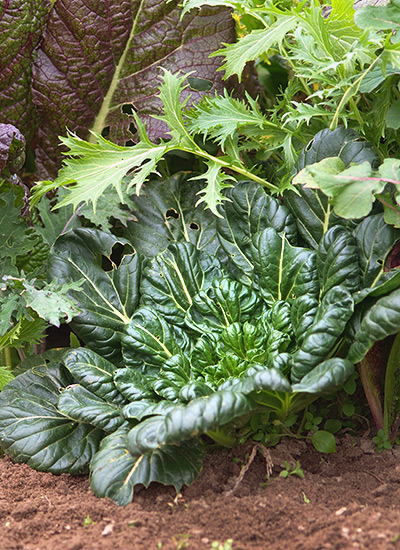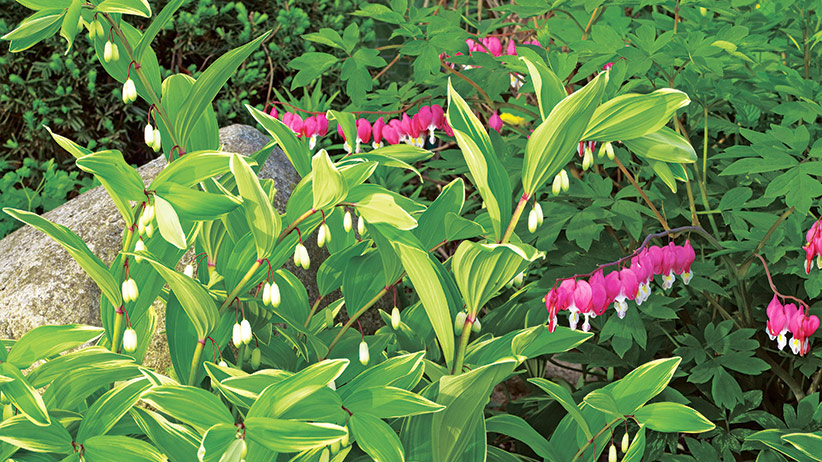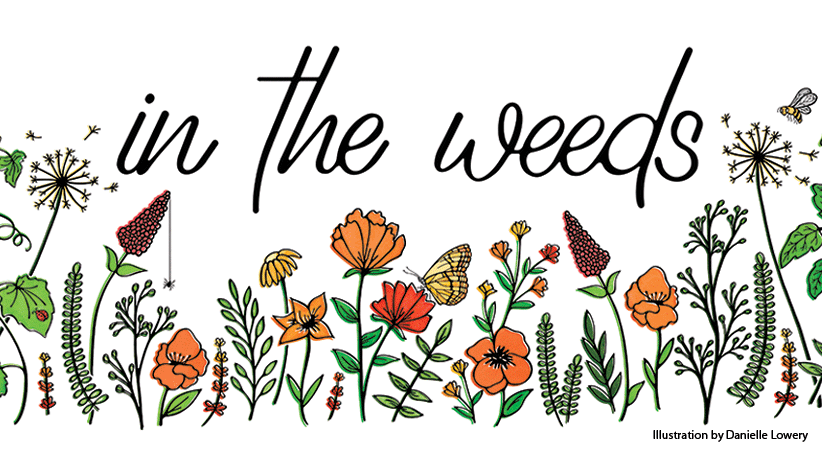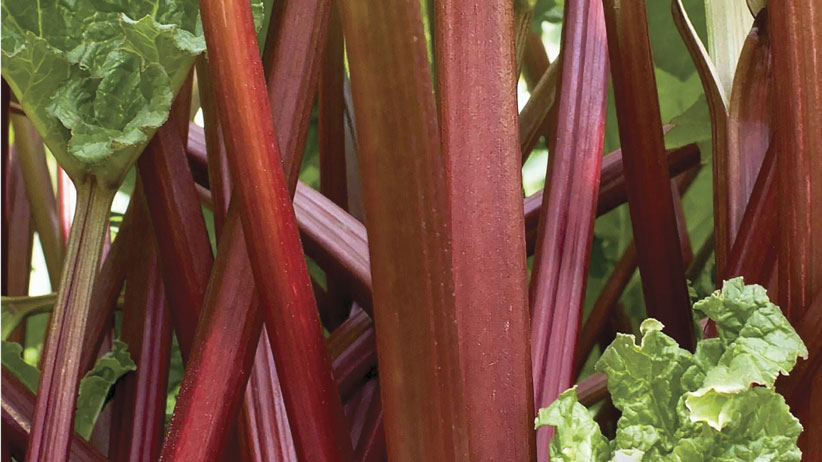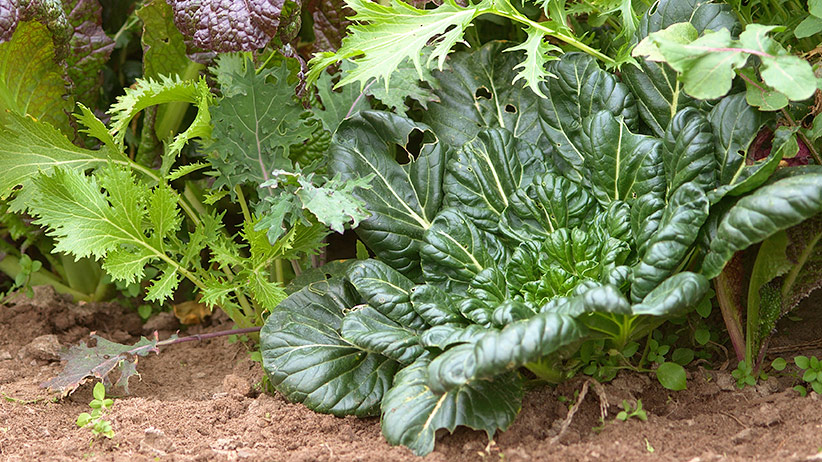
Gardeners are fearless. The weather forecast says cold temperatures are on the way, but to Barbara Damrosch, author of The Garden Primer, the gardening season is far from over. There’s still time to grow a few tasty vegetables — no matter how small an area you have to work with. Here are her tips on crops you can sow from seed in early fall and still reap a harvest.
Why plant vegetables in fall?
Although they need a spot in full sun, there are plenty of vegetables that don’t need lots of heat. Spinach, lettuce and radishes, among others, grow best in the warm days and cool nights of early fall. And, unlike spring when the ground is cool, the soil in your garden is nice and warm — perfect for a fast sprout. However, be aware that as the daytime temperatures fall, the growth on fall crops may slow down.
Another advantage is that there are usually fewer insect pests as the temperature goes down. Cold-blooded insects are entering winter dormancy. Even most weeds are growing more slowly. In general, fall crops will have fewer weeds to compete with for nutrients.You may have less watering, too. While fall crops do need moisture, water doesn’t evaporate out of the soil as quickly as it does in the blazing heat of summer. And speaking of heat, it’s over. You’ll want to get back into the garden and enjoy the cool weather, too. However, growing may take a bit longer in fall than in spring. Why? Although seeds often germinate more quickly in warm soil than they do in cool spring soil, dropping air temperatures may make it take longer for the crop to mature.
You Might Also Like:
Vegetable Garden with Curb Appeal
Helpful Garden How-To Articles
Calculate How Many Vegetables to Plant
Fall Garden Checklist
The best time to plant cool-season vegetables
Always read catalogs or the seed packets to see how many days a particular cultivar will take before it’s ready to harvest. To find out when to plant for fall, a good rule of thumb is to count back about that many days from your average first frost date to start them. The chart below can help. For example, in USDA zone 5, the first frost usually arrives in the middle of October. Radishes need about 21 days to reach harvest. That means you can sow radish seeds in late September. But don’t be afraid to start later...you could end up with a longer than average fall and lots of extra produce. For the price of a few seeds, it’s worth the gamble.
Average first frost dates by USDA zone
Not sure which zone you are in? Find your cold zone here.
| USDA cold-hardiness zone |
Average first frost date |
|---|---|
| Zone 1 | July 15 |
| Zone 2 | August 15 |
| Zone 3 | September 15 |
| Zone 4 | September 15 |
| Zone 5 | October 15 |
| Zone 6 | October 15 |
| Zone 7 | October 15 |
| Zone 8 | November 15 |
| Zone 9 | December 15 |
| Zone 10 | December 15 |
| Zone 11 | No frost |
How temperature affects cool-season vegetables
Don’t worry too much about frost. Unlike tender annuals, such as tomatoes, once most cool-season vegetables are up and growing, they can take some cold. They won’t grow as much in cold weather, but all of them will keep producing until the ground begins to freeze. That’s usually at least several weeks after a frost hits. But before that, if you want to keep your plants warmer, and growing faster and longer into the fall, cover them up at night:
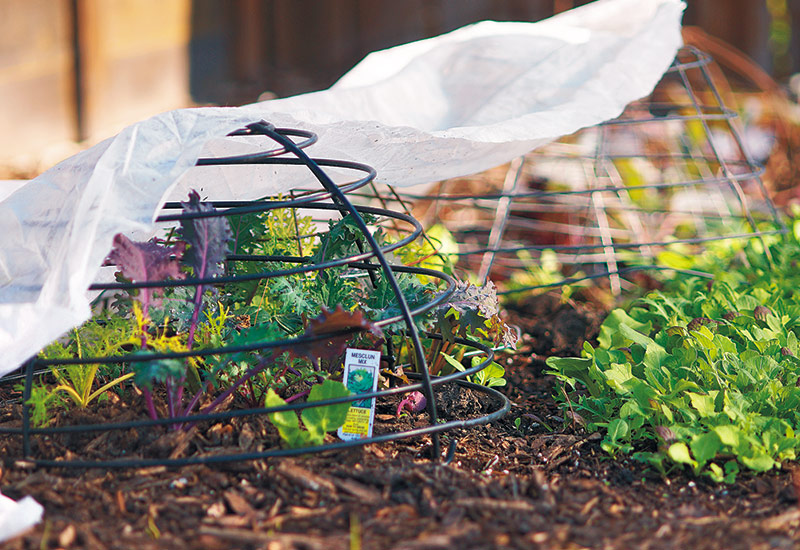
Cold protection tip for fall vegetables
During the day, soil stores heat from the sun. As the sun goes down and the air temperature drops, heat leaves the soil. A fabric covering can hold that warmth closer to your plants when it gets cold. Even a sheet or piece of floating row cover will work. For the best protection, keep the fabric from touching the plants. If it gets wet it can transmit the cold from the air to the leaf and damage it. Here, the cover is supported by an overturned wire basket. To capture the most heat, put the covering on just as the sun goes down in the evening. Be sure to remove it after the sun comes up.
5 cool-season vegetables to plant in the fall
The best cool-season crops generally stay low to the ground. They take advantage of the radiant warmth stored in the soil. After a sunny day, even as the air temperature drops, the soil will stay warm longer into the evening. Here are five of Barbara’s favorite fall crops and her best tips for growing them. You’ll find how deeply to sow the seeds, how long before you’ll see sprouts and about how many days before you can harvest.
Try some of our favorite cool-season vegetables
‘Crimson Crunch’ round red radishes
‘Petit Dejeuner’ French breakfast radishes
‘Sweet Greens & Reds’ farmers market lettuce blend
‘Renee's Baby Leaf Blend’ cut & come again lettuces
‘Little Hero’ container baby leaf spinach
‘Rosette Tatsoi’ heirloom asian greens
‘Five Color Rainbow’ gourmet beets




